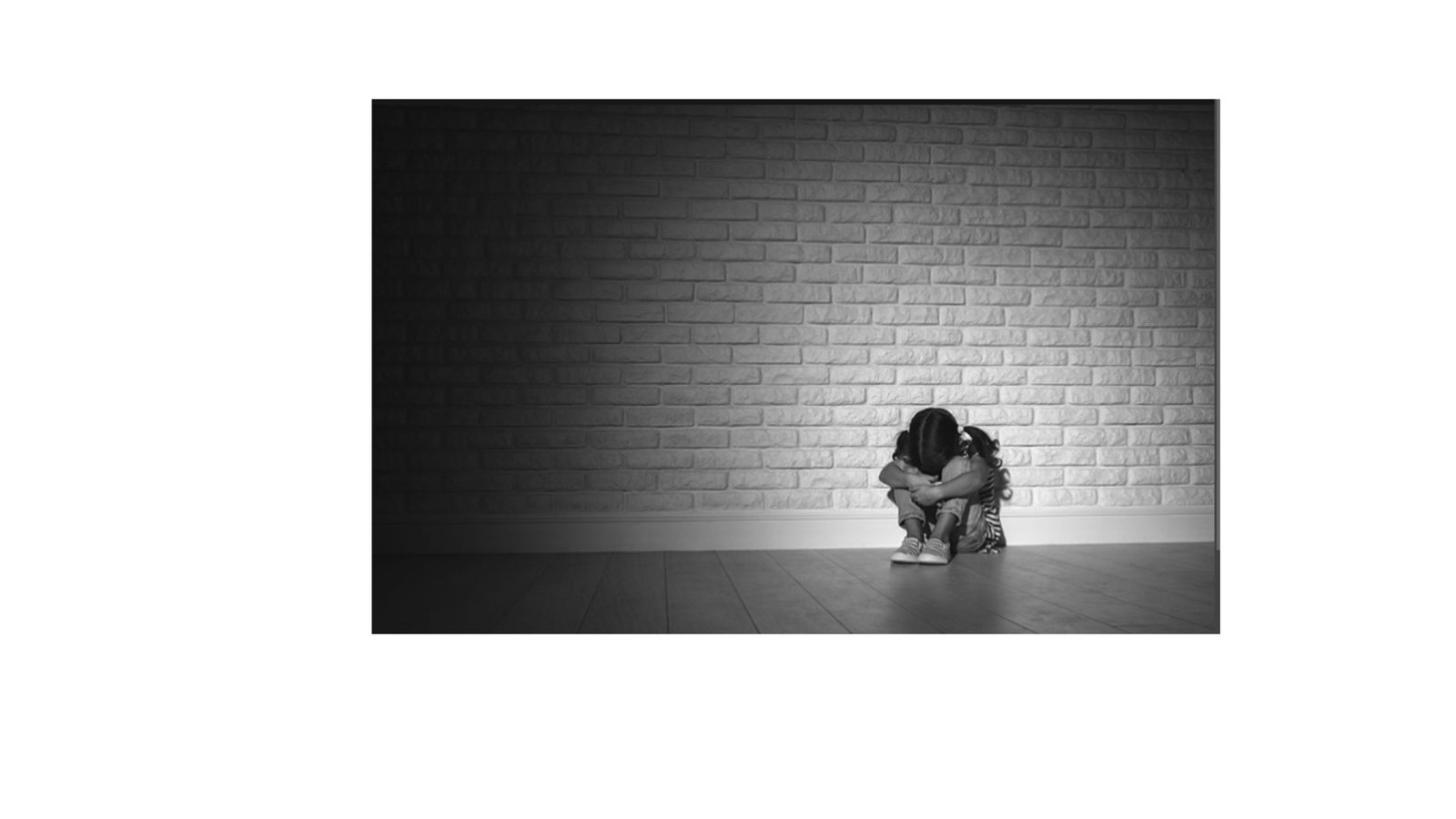
As responsible members of society, we must vigilantly and proactively safeguard the well-being of children. Every child deserves a safe and nurturing environment to grow and thrive. However, we must acknowledge that some children endure abuse and neglect, often in silence. As adults, it’s our duty to recognize the signs and take action to protect these vulnerable individuals.
Recognizing the Signs of Abuse
Child abuse and neglect can take various forms, and it’s essential to identify the signs. Here are some indicators that may suggest a child is experiencing maltreatment:
Unexplained Injuries Over Time:
A pattern of unexplained injuries, especially in various stages of healing, may indicate repeated physical abuse.
Inappropriate Knowledge or Behavior:
Children exposed to sexual abuse may display knowledge or engage in behaviors that are not age-appropriate, such as explicit language or sexualized play.
Isolation and Lack of Social Interaction: Neglected or emotionally abused children may exhibit signs of social withdrawal or isolation, struggling to form relationships with peers or express emotions.
Abuse Reporting Procedures
If you suspect a child is being abused or neglected, take prompt action. Reporting your concerns to the appropriate authorities can potentially save a child from further harm. Here’s what you should do:
Seek Guidance:
If unsure whether a situation constitutes abuse or neglect, seek guidance from professionals or organizations specializing in child welfare.
Prioritize Safety:
If reporting may endanger you or the child, prioritize safety. Contact authorities anonymously or seek assistance from local support services.
Document Observations:
Record any observations or conversations that lead you to suspect abuse or neglect, including dates, times, and specific details.
Contact Child Protective Services (CPS):
Report to CPS, providing as much information as possible to aid their investigation.
Follow Reporting Laws:
Familiarize yourself with mandatory reporting laws in your area to ensure compliance.
Support the Child:
If a child discloses abuse, listen attentively, offer reassurance, and avoid making unkeepable promises. Let them know you believe them and they are not to blame.
Conclusion
Recognizing and reporting child abuse and neglect is everyone’s responsibility. By staying informed about the signs of harrassment and taking swift action when necessary, we can help protect vulnerable children, ensuring they have the opportunity to lead safe and fulfilling lives. Speaking up may be the lifeline a child desperately needs. Let’s work together to create a safer world for all children.

